Reading List
The most recent articles from a list of feeds I subscribe to.
An Xbox 360 Retrospective: A Higher Degree Of Quality
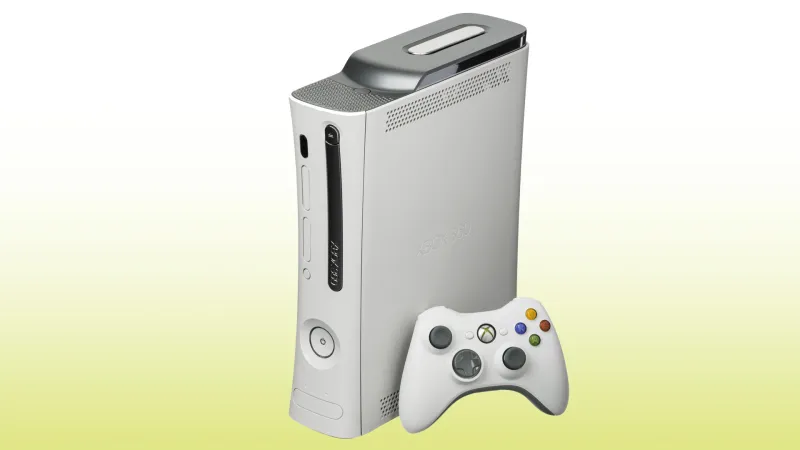
The Big List Of Upcoming Video Game Remakes

Remakes tend to be more exciting than remasters because the improvements often go beyond mere bumps in resolution or framerate. At best, studios reimagine classic experiences in exciting new ways, sand away rough edges, and somehow retain the intangible x-factors that made fans fall in love with these titles in the first place. At the very least, remakes offer a great way to play antiquated or less accessible experiences on modern hardware.
The remake boom has been in full swing in recent years to the point that it’s starting to get tough to keep track of all the projects in the works. Thankfully, we’ve gathered as many of the announced remakes (not remasters or reboots) that we could find and gathered them in one neat list, arranged chronologically by release window. This will be an evolving list that will be updated as new remakes are announced and released, so be sure to keep an eye on it over the coming months.
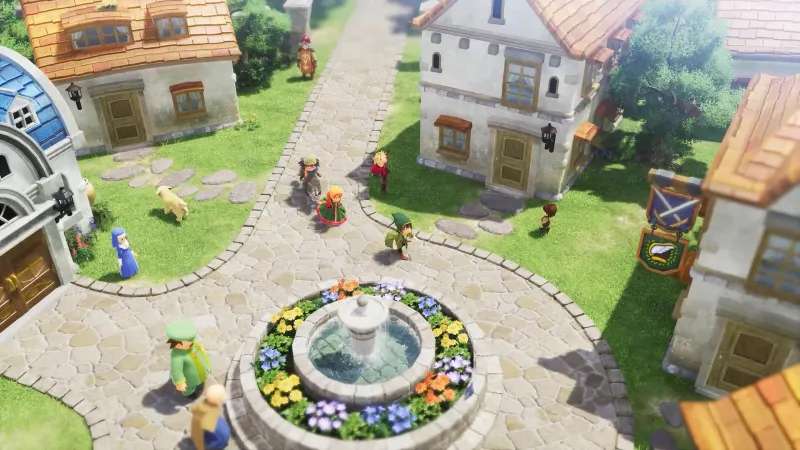
Dragon Quest VII Reimagined
True to its name, Square Enix is reimagining Dragon Quest VII with a gorgeous hand-crafted aesthetic. Sporting a diaroma-inspired look, this new version of the 2000 RPG features revisions to its turn-based battles and Vocation system to make them more dynamic; you can see monsters in the field now, for example. The lengthy story has also been reworked to deliver a more streamlined (but still substantial) narrative.
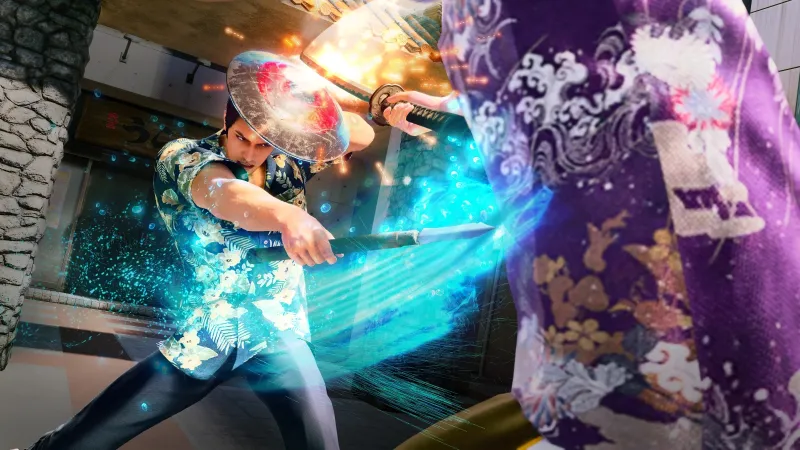
Yakuza Kiwami 3 & Dark Ties
It took over six years since the release of Yakuza Kiwami 2, but 2009's Yakuza 3 is finally getting remade with an unexpected bonus. Kiwami 3 comes packaged with a brand-new story expansion called Dark Ties, a prequel story starring antagonist Yoshitaka Mine. Most long-time fans agree that Yakuza 3 is the entry in most desperate need of a modernized overhaul, so we're happy that developer Ryu Ga Gotoku is finally obliging.
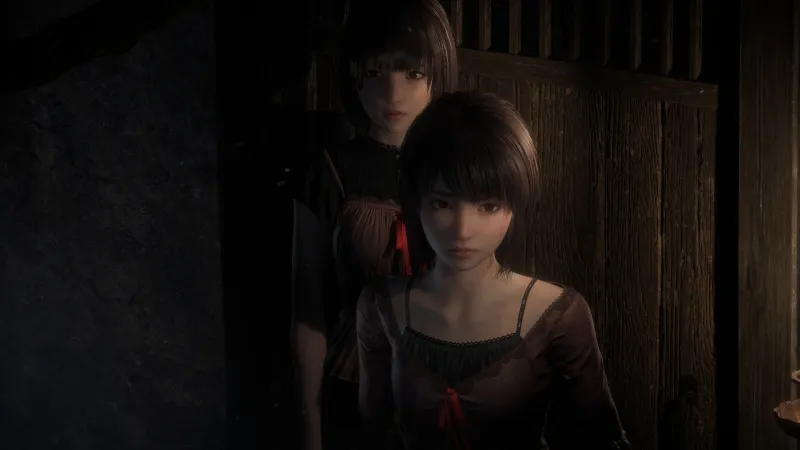
Fatal Frame II: Crimson Butterfly Remake
Fatal Frame is a series you don't hear much about these days, but horror fans hold its second entry, Crimson Butterfly, in high esteem. We're ecstatic to see the 2003 PS2 classic get updated with improved visuals and gameplay, including tweaks to the signature camera-based action, that will make sisters Mio and Maya's harrowing adventure all the more terrifying. The remake's best new addition? Mio and Maya can now hold hands.
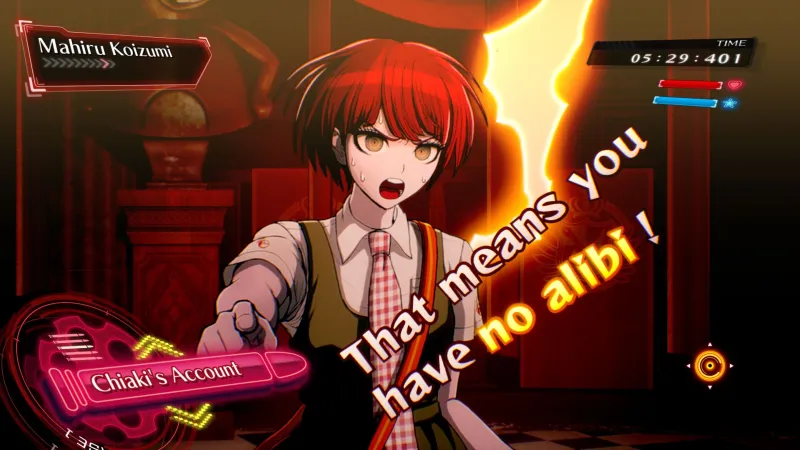
Danganronpa 2x2
This remake of 2012's Danganronpa 2: Goodbye Despair retains the game's original zany story but adds a brand-new scenario for fans to sink their teeth into. The game's cast of classmates returns to endure a mysterious new murder game promised to be as substantial as the existing campaign, which itself has been upgraded with visual enhancements. Monokuma has never been better, and that's likely bad news for his unwilling participants.
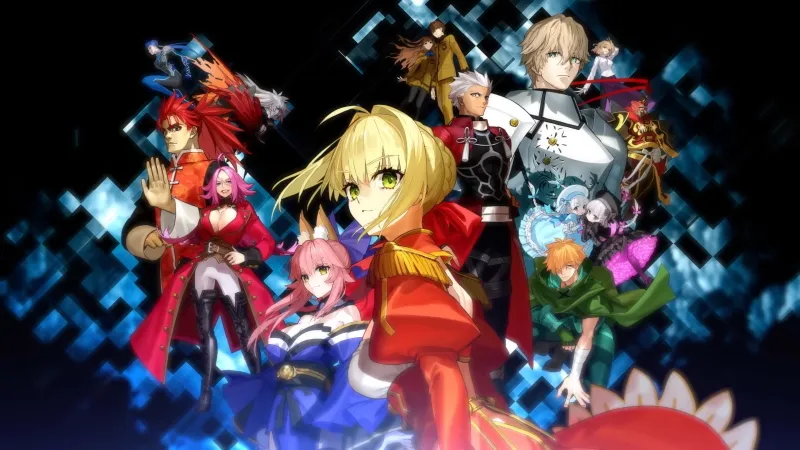
Fate/Extra Record
Record rebuilds Fate/Extra, the first entry in the dungeon-crawling RPG series, with updated character graphics, and a beefier narrative. In terms of gameplay, developer Type-Moon Studio states it features “a more strategic deck-building style of dramatic command battle.” We’re not sure exactly what that last bit means, but given that the original game was released for PSP, it will be nice to have an improved version of the cult title on modern hardware.
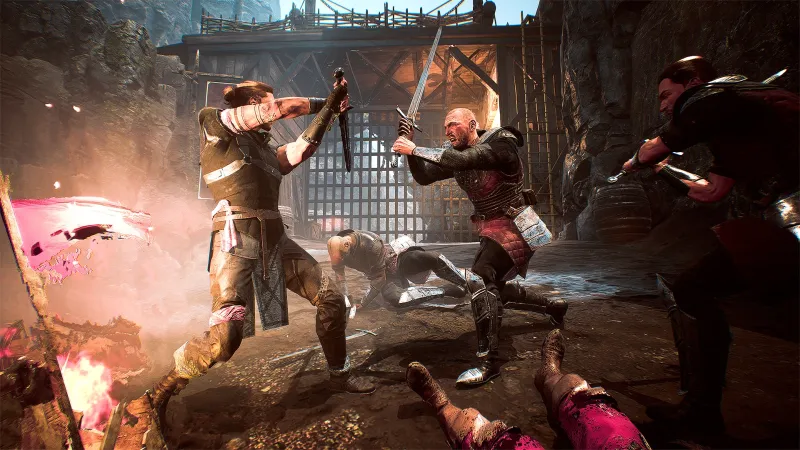
Gothic 1 Remake
2001's Gothic is getting a faithful glow-up that looks to reintroduce the RPG to a new audience. The combat system and control scheme, a criticism of the original, has been reworked to feel modern and, most of all, playable. Developer THQ Nordic Barcelona even released a playable teaser to obtain feedback and ensure it's on the right track. As 20+ year-old game, Gothic has been a tough game to revisit on PC, making this remake all the more welcomed. Eager fans can play a free prologue demo now on Steam.
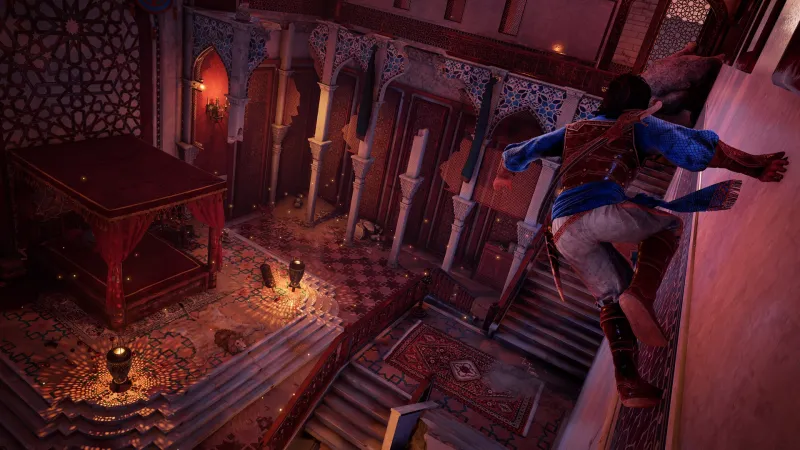
Prince of Persia: The Sands of Time
Development has been rocky for The Sands of Time’s impending remake, to say the least. Besides the game’s reveal garnering backlash from fans due to its unimpressive graphics, it has been delayed several times: first by two months, then indefinitely, and is now coming in 2026. In hindsight, it’s wild to think we were supposed to be playing this in January 2021. In May 2022, Ubisoft announced it had moved development from its fledgling Indian studios back to Montreal, where The Sands of Time was first created. While it's unfortunate that Ubisoft Pune/Mumbai couldn’t bring the remake together, we’re excited to see if Ubisoft Montreal can reapply the same magic.
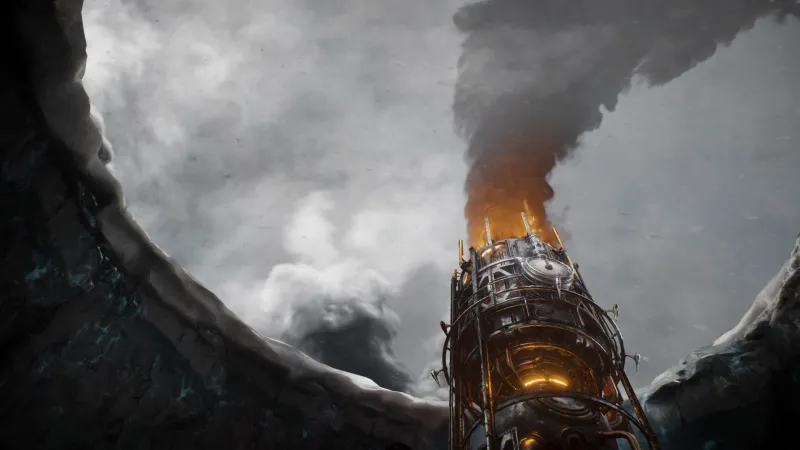
Frostpunk 1886
11 Bit Studios is reimagining its 2018 post-apocalyptic city-management game, moving it into Unreal Engine 5 but offering more than a visual overhaul. Frostpunk 1886 will boast new content, including an entirely new Purpose path and new mechanics and laws. It may seem a bit soon for a remake of Frostpunk, but the game will be nine years old by the time 1886 is scheduled to launch in 2027.
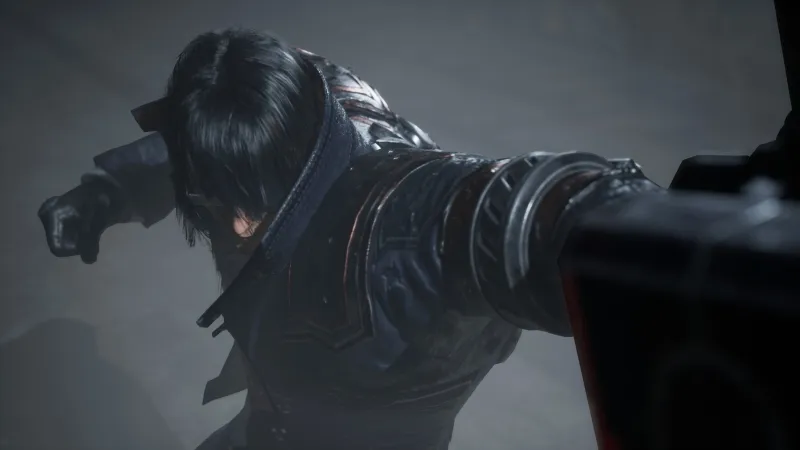
Gungrave G.O.R.E. Blood Heat
Despite only releasing in 2022, Gungrave G.O.R.E. is getting a remake called Blood Heat. Rebuilt entirely in Unreal Engine 5, Blood Heat serves as a redemption of sorts for the poorly received action game by bolstering it with a host of improvements. Upgrades include a revamped and more polished combat system, enhanced cinematics, 360-degree controls, improved enemy AI, and new characters. Here's hoping Gungrave's comeback sticks the landing this time.
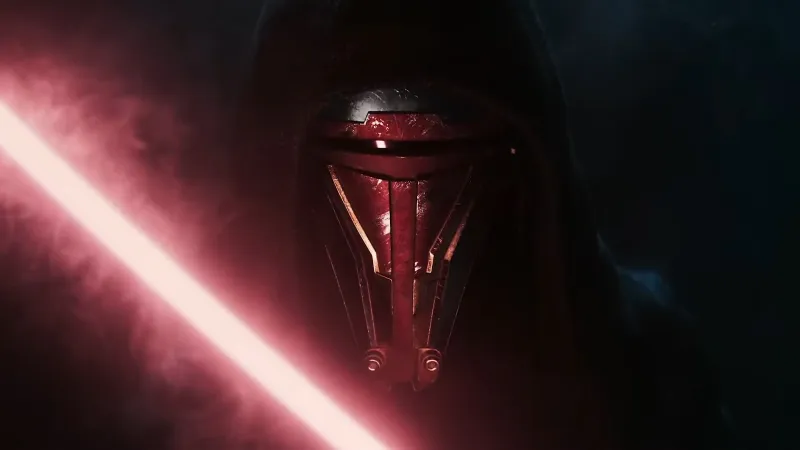
Star Wars: Knights of the Old Republic
The reveal that arguably the best Star Wars game ever was getting a much-needed remake had fans raising their lightsabers in celebration. Unfortunately, the game’s development seemingly succumbed to the dark side after reports surfaced that progress had stalled, and work on the game has switched hands from Aspyr Media to Saber Interactive. The game went radio silent for a long period until Embracer Group sold off Saber, prompting the studio's CEO to confirm that KOTOR is "alive and well". We hope that's the case and look forward to eventually seeing the remake in action.
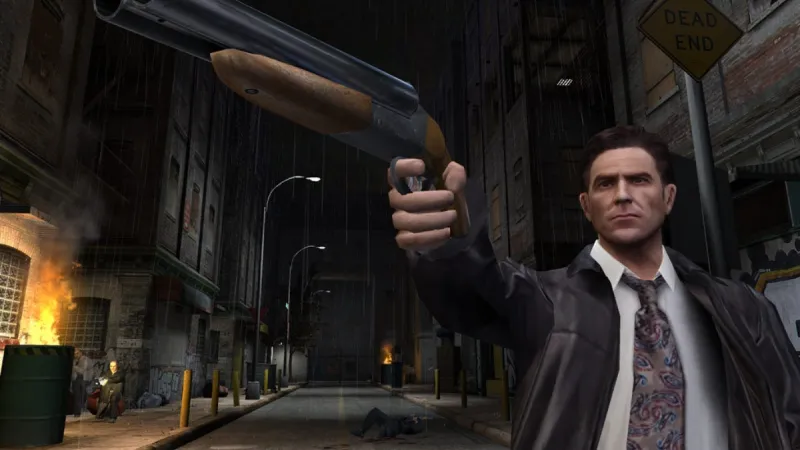
Max Payne 1 and 2 Remake
In April, Remedy Entertainment pleasantly surprised the gaming world when it announced it had struck a deal with Rockstar Games to remake Max Payne and Max Payne 2: The Fall of Max Payne. Remedy sold the IP to Rockstar in 2002, but the two are partnering to revive the gritty crime series that popularized Bullet Time. The project, which will combine both games into a single title, will be made by Remedy with Rockstar footing the bill on development and publishing. It's slated for current-gen consoles and PC.
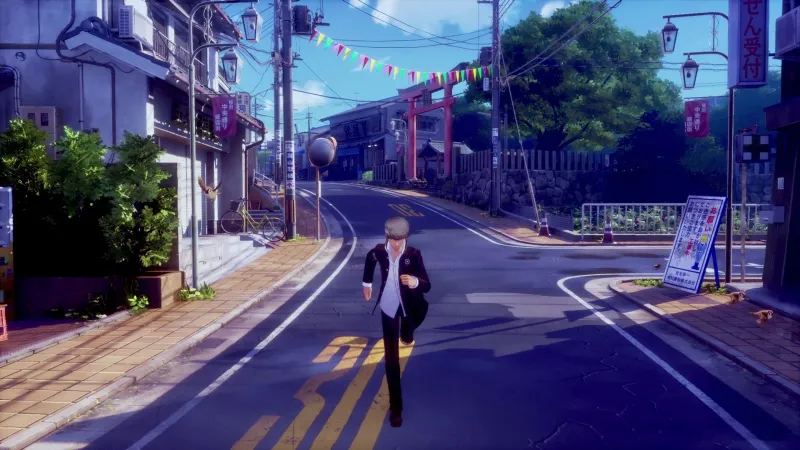
Persona 4 Revival
Persona 5 may be the entry that dominated the mainstream, but the also critically acclaimed Persona 4 set the table and is getting another shot in the limelight. Unfortunately, we don't know how Atlus plans to update the 2008 title; its 2025 reveal trailer announced it as being in early development. Persona 3 Reload is likely the best reference point for what to expect, and we're looking forward to spending dozens of hours hanging with the gang (i.e., fighting demons) in Inaba one more time.
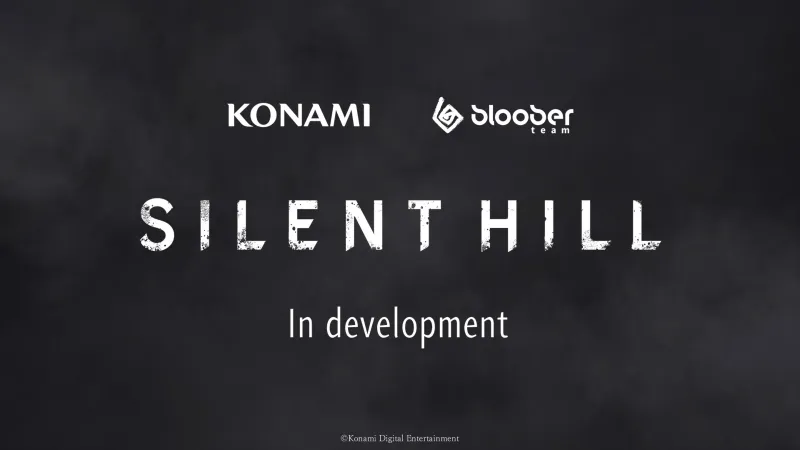
Silent Hill Remake
Bloober Team surprised many by knocking its remake of Silent Hill 2 out of the park. Following that game's positive reception, it's no surprise Konami is entrusting the team to give the same treatment to the 1999 original that first instilled the fear of fog into players. We're excited to see how Bloober Team reinvents Harry Mason's captivating and terrifying search for his missing daughter.
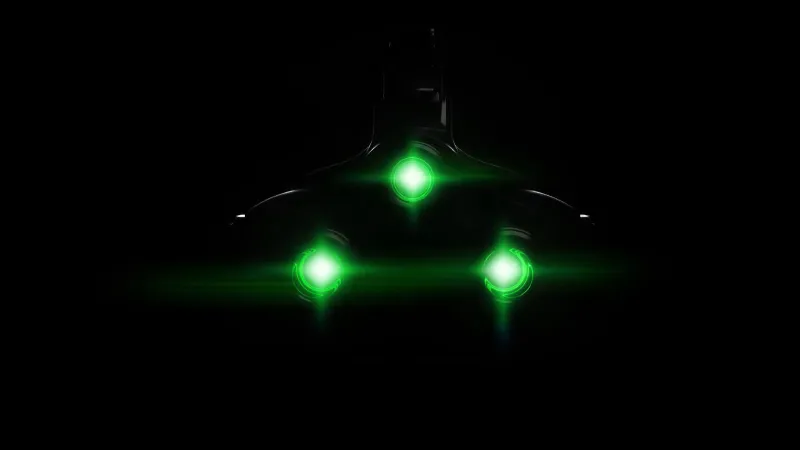
Splinter Cell
It might not be a new entry, but a remake of Sam Fisher’s first outing is better than nothing after years of waiting. Ubisoft Toronto sits at the helm of the project and plans to rebuild the game from scratch using the Snowdrop Engine while maintaining the classic stealth elements. Here's hoping it can recapture and reinvigorate the stealth gameplay that put the franchise on the map over two decades ago.
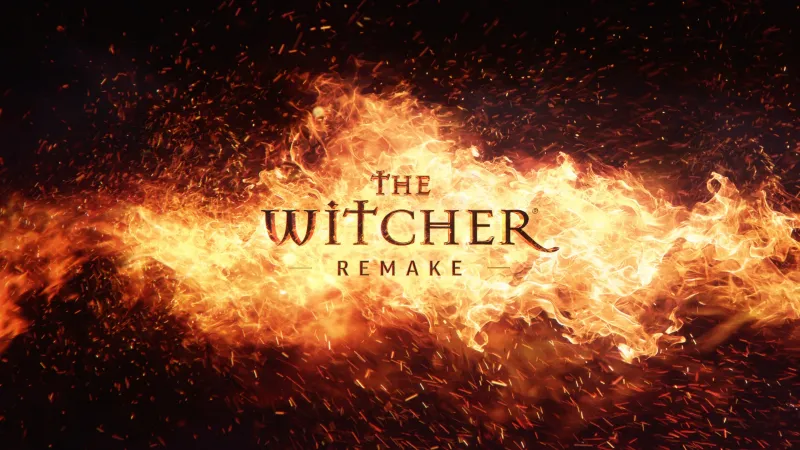
The Witcher
CD Projekt Red’s litany of upcoming projects includes a full remake of the first Witcher game. It’s being built in Unreal Engine 5 by developer Fool’s Theory (with supervision from CD Projekt veterans) and is said to be very early in development. The Witcher, released for PC in 2007, is not an easy game to revisit due to its age and lack of console ports. Now that Geralt and friends are mainstream draws, newer fans can finally experience the adventure that started it all.
Which remakes are you looking forward to playing the most? Let us know in the comments!
Dragon Quest Reimagined Producer On Remaking A Classic: 'We Rebuilt Everything From The Ground Up'
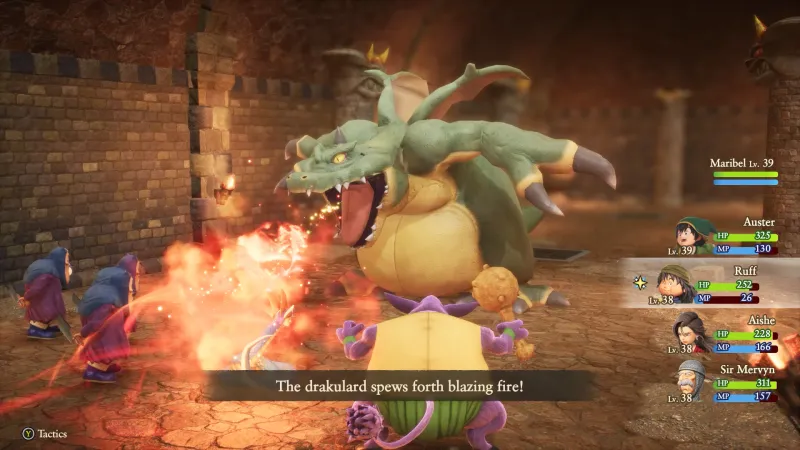
Dragon Quest VII Reimagined is the latest game to grace the cover of Game Informer, and to learn more about this game for the cover story, I traveled to Tokyo, Japan, to play two hours of the game and interview the team behind it, too. With this being the second remake of Dragon Quest VII, following the 2016 Nintendo 3DS remake, I was curious about where you even start with a project like this.
So I asked producer Takeshi Ichikawa and director Masato Yagi about their thought processes behind developing the game, which elements are sacred ground in Dragon Quest VII, if there's any pressure involved, and more. Here's what I learned.
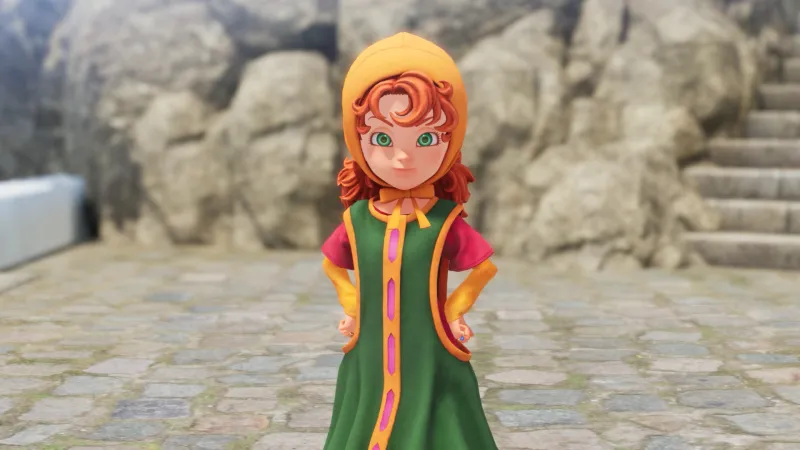
"To be honest, I did feel some pressure, but for the most part, I felt the same as Ichikawa here," Yagi tells me. "I was excited with the idea of bringing these new changes." Ichikawa, on the other hand, didn't feel much pressure.
“I was certainly excited with the prospect of bringing these changes,” he tells me. “When we first kicked off the project, we had in mind three main components that we really wanted to reimagine for this version; the first one being the visuals, the second one being the scenario or the story, and the third one being the battle. [...] It is one of the most popular installments in the series, but our goal was to offer a reimagined experience to players all around the world. But again, I didn’t really necessarily feel pressure.”
When I ask where the team started with Reimagined, Ichikawa explains it's a remake focused on showcasing what makes Dragon Quest VII so great to modern audiences. That means keeping the story intact, although lead scenario writer Sayaka Takagi explained to me in a different interview how the team streamlined the main scenario; you can read about that here.
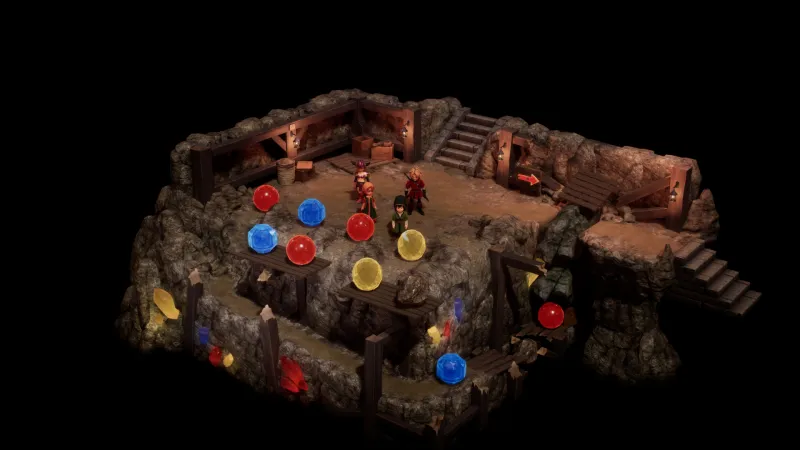
"I really thought that the story of the original was essential to keep," Ichikawa says. "When you look at [all of the] mainline installments, Dragon Quest VII's story is quite unique and not really like the others. These characters [...] go through a lot of struggles, and it is, overall, kind of a bit darker. That [darkness] is the one thing that I wanted to retain for sure in the remake."
Yagi agrees with Ichikawa, telling me in a series full of lighthearted stories with a more loving tone, Dragon Quest VII is darker. He remembers asking, "Is this actually a Dragon Quest story?" while playing the original game on PlayStation. Retaining this tone was important for Reimagined, he adds, lightly dipping into spoiler territory to discuss Prince Kiefer, a party member of the game.
I won't spoil anything here, but if you're familiar with the game, Kiefer makes a crucial decision in the story, and though in the initial stages of development the team pondered keeping it (and other narrative moments) in the game, it remained.
"That's definitely one thing that we were debating if we should keep or not, but in the end, we decided it's just too essential for the story," Yagi says. "There are a lot of areas where we debated to keep or not keep, but in the end, for the most part, we decided to keep [things in place]. But it's not keeping them as is. We did end up making some little adjustments and arrangements here and there."
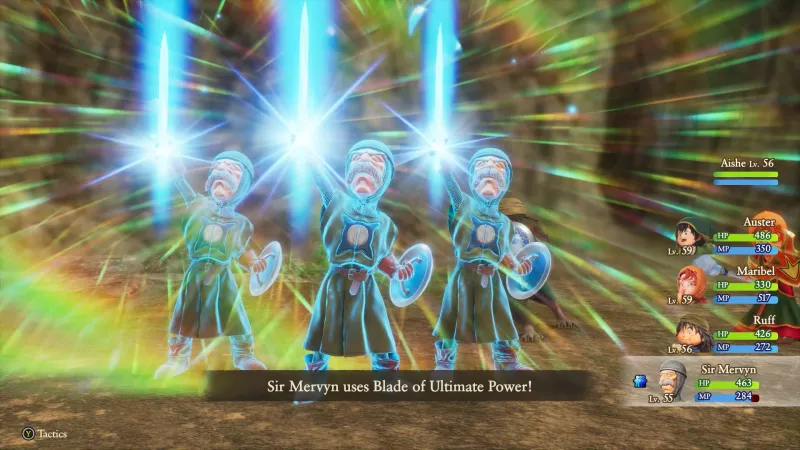
Speaking more broadly, Yagi says the team behind Reimagined "really wanted to make the overall game experience more immersive for our players [and that's why we streamlined the story. It's also why we made some adjustments to the combat."
Closing out our conversation on the philosophy behind this remake, Ichikawa tells me, "Reimagined" implies everything is new. He says, "We really built everything from the ground up. We rebuilt everything, aside from the scenario, from scratch. In order to convey that sentiment, we felt that 'Reimagined' would be the most adequate title instead of 'Remake.'"
Dragon Quest VII Reimagined launches February 5 on PlayStation 5, Xbox Series X/S, Switch 2, Switch, and PC.
In the meantime, check out this article breaking down everything in the Dragon Quest VII Reimagined issue of Game Informer, and be sure to subscribe here if you haven't yet so you can access the Dragon Quest VII Reimagined cover story, our deep dive into Dragon Quest history with creator Yuji Horii, and so much more.
The Biggest Games Of 2025 (That Haven’t Released Yet)
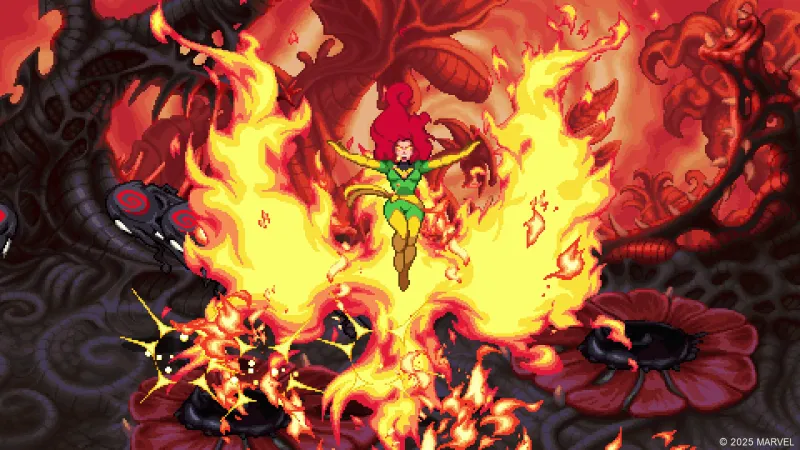
We’ve had a busy season here at Game Informer, doing our best to track on some of the most interesting games rolling out during the busy holiday rush of releases. But even as we head into the Thanksgiving holiday here in the U.S., there are still some notable titles set to roll out before the end of the year.
If you’ve somehow stayed ahead of your backlog, and you’re still ready for more titles to enjoy, keep these on your radar.
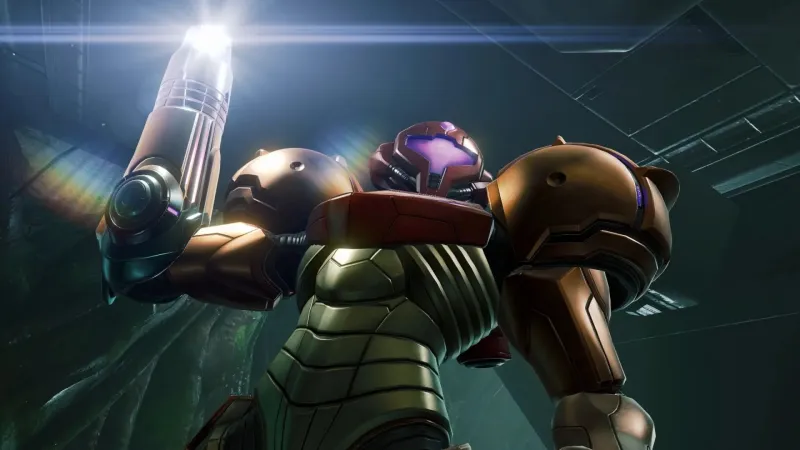
Metroid Prime 4: Beyond
Nintendo has remained relatively quiet regarding Samus’ new adventure until recently, but recent glimpses suggest this will be the Switch and Switch 2 title to watch in the final weeks of the year. Set to launch on December 4, players will take the space bounty hunter to the mysterious planet of Viewros, learn a host of new psychic abilities, pilot a futuristic motorcycle, and navigate puzzles, exploration, and bosses. It’s been a long wait for this one, but ahead of playing the final version, we’re hopeful it’s a fitting continuation of the impressive legacy of early Metroid Prime releases.
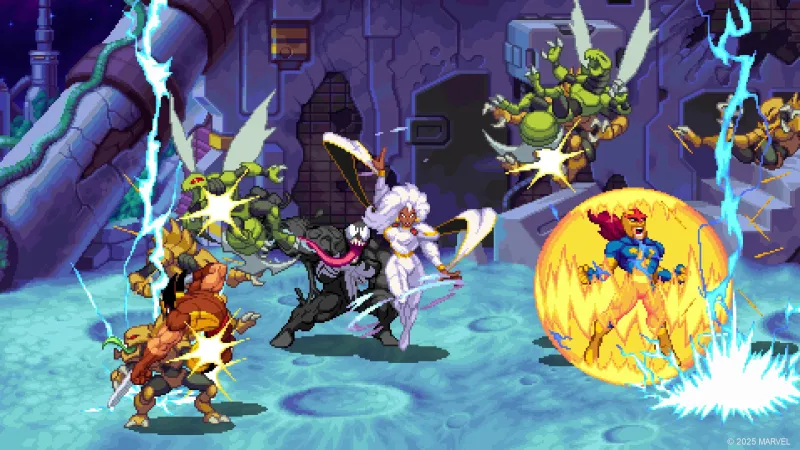
Marvel Cosmic Invasion
We’ve seen a resurgence of strong brawler games in recent years, and Tribute Games has had a lot to do with that. The same team that brought us Teenage Mutant Ninja Turtles: Shredder’s Revenge is now set to release Marvel Cosmic Invasion, which looks like all the fun of the old X-Men arcade game, but expanded to the full suite of Marvel characters and locations, and with a slick tag-team mechanic in the mix to let you enjoy more characters in one playthrough. Release is only days away on December 1, and you can enjoy cross-play on PS5, Xbox Series X/S, PS4, Xbox One, Switch, or PC. This looks like it might be an easy pick for cooperative holiday fun.
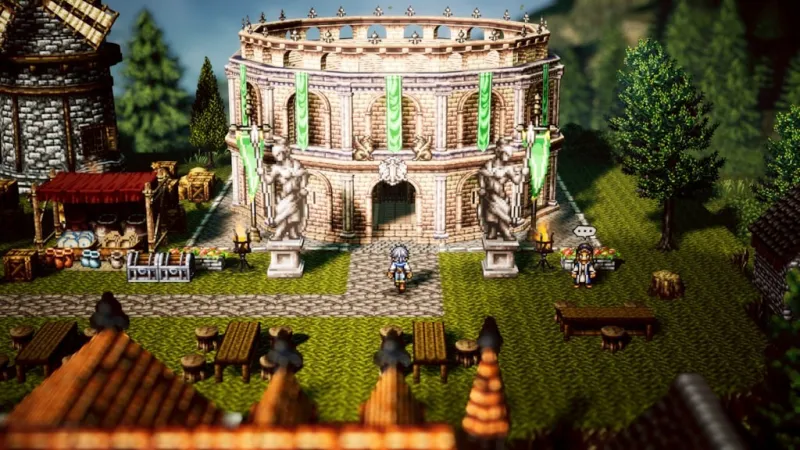
Octopath Traveler 0
Fans of classic JRPG gameplay and storytelling still have a big treat on the way before the year ends. Octopath Traveler 0 is purported to be a truly massive adventure, adapting and expanding on the content that was first seen in the mobile iteration, Octopath Traveler: Champions of the Continent, but remaking much of it and stripping away all the mobile game shenanigans that would likely (rightfully) scare off more dedicated players. Town-building, custom character crafting, and an array of compelling characters for your party are just some of the reasons to be excited, alongside an evolution of the excellent combat system the series is known for. Watch for the game on PS5, Xbox Series X/S, Switch 2, PS4, Switch, and PC on December 4. If what we’ve heard is right, expect it to be a significant time investment this holiday.
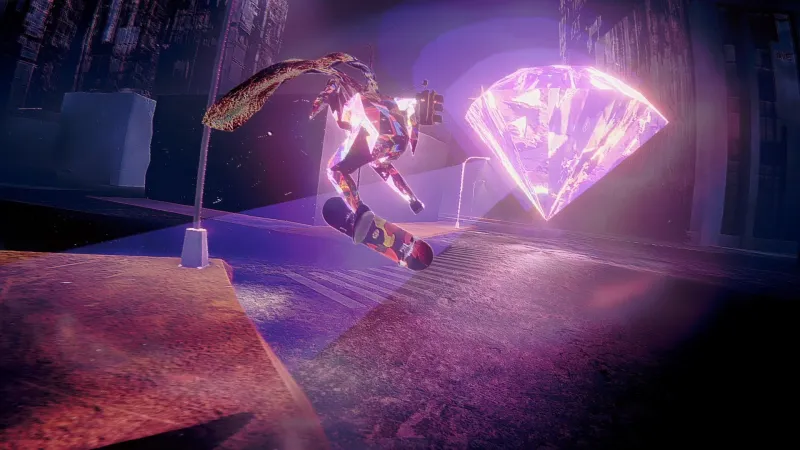
Skate Story
Experimental, vibrant, and unusual – Skate Story mixes skateboarding tricks, RPG storytelling, and hallucinogenic visuals to offer up one of the more unusual releases of recent months. You’re skating through the underworld, facing off against demons, and aiming to swallow the moon. It is, indeed, as weird as it sounds. Whether you choose to play on PS5, Nintendo Switch 2, or PC, the game is available on December 8, and promises to provide an experience quite unlike anything else 2025 has had to offer.
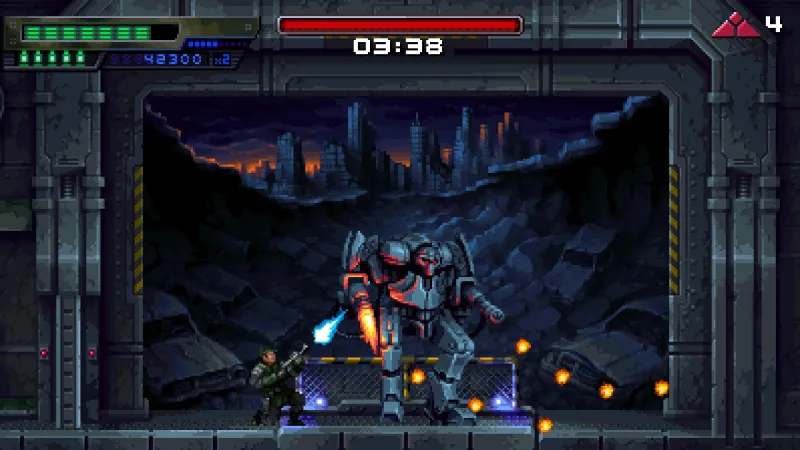
Terminator 2D: No Fate
Over 30 years after its release, Terminator 2: Judgment Day remains one of the high-water marks for classic action sci-fi moviemaking. This new throwback action game capitalizes on that excellence, offering a hardcore arcade experience that reenacts the movie's events, alongside a wealth of additional scenes and experiences. 15 levels let you play the Terminator, Sarah Connor, and even John Connor in various future scenes, fighting their way through scorching waves of enemies, infiltrating sites with stealth, and driving in memorable scenes from the film. The character sprites look amazing, and an impressive variety of modes and customization await players, aiming to expand the experience beyond a single playthrough. If the combat plays as well as it looks in early glimpses of the game, old-school action fans have a lot to look forward to. Watch for release on PS5, Xbox Series X, PS4, Xbox One, Switch, and PC. Judgment Day comes on December 12 for this one.
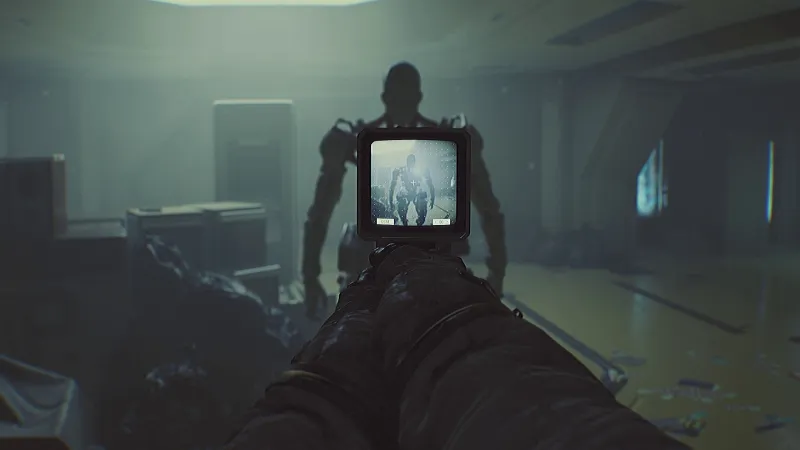
Routine
Set for release to PC and Xbox platforms on December 4, Routine’s first-person sci-fi horror experience has been teased for years, but it’s finally set to arrive and – presumably – scare you out of your seat. First announced well over a decade ago, Routine has had a torturous path to final release, but we’re excited to see how this long-gestating project finally came together. Robots, moon exploration, and thoroughly creepy environments all appear to be on the menu if you decide this Routine is for you.
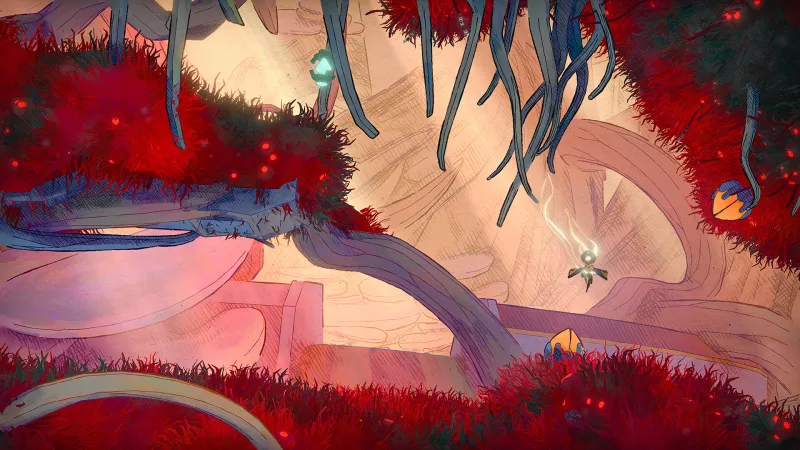
MIO: Memories in Orbit
Call it search action, or call it Metroidvania; no matter your preferred term, this exploration-heavy 2D game has you navigating beautiful environments as an android named MIO as they investigate a mysterious spaceship. The action looks great, the navigation and traversal seem fast and exciting, and the narrative conceit of discovering lost memories is a compelling draw. The game will hit PS5, Xbox Series X, PS4, Switch, and PC, but unlike the rest of the games on this list, it doesn’t yet have a concrete release date – only a continued insistent listing from publisher Focus Entertainment that it’s set to be out before the end of 2025.
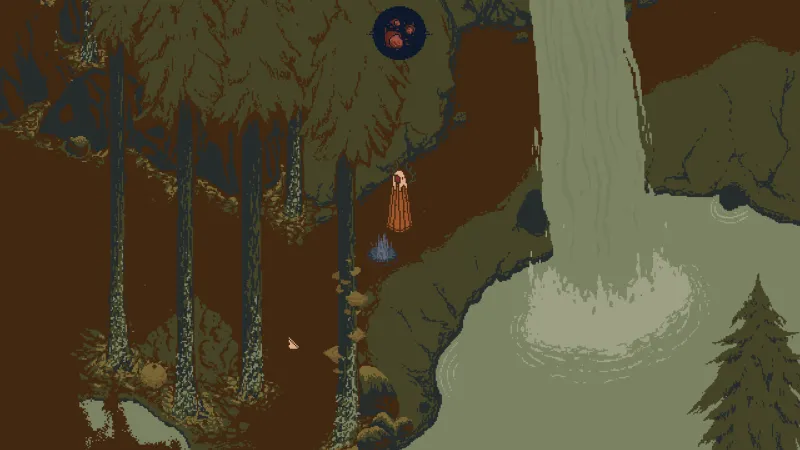
Death Howl
This fascinating deck-building combat game, described by its developer (The Outer Zone) as a soulslike in structure, features grid-based battles where you use cards to defeat your foes. Players control a shaman mother who must enter the spirit world in hopes of bringing her dead son back to life. New game regions bring new cards to acquire and new strategies to unwind. Watch for the launch of this mysterious and haunting game for PC on December 9, or wait for PS5, Xbox Series X/S, and Switch releases in 2026.
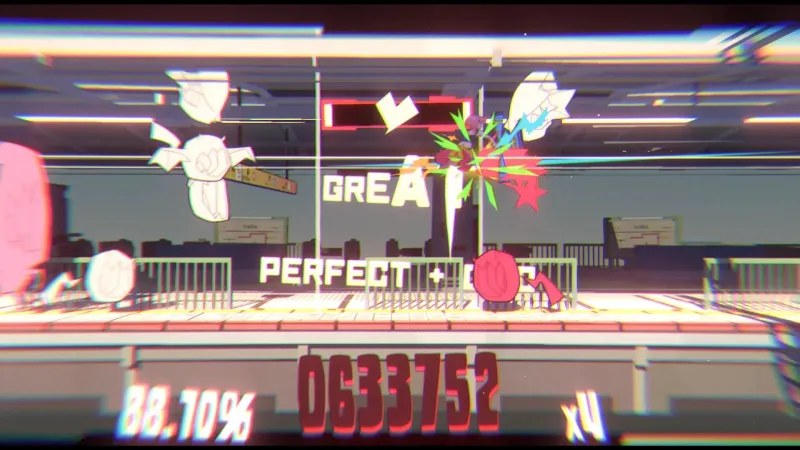
Unbeatable
We were excited to check out this action/music hybrid release when it was set for an early November launch, but last-minute development challenges pushed it even later into the year. Nonetheless, players should be able to see how it all came together when Unbeatable launches on December 9 for PS5, Xbox Series X/S, and PC. The game features an attractive anime-inspired visual aesthetic, a fully original soundtrack, and rhythm gameplay that lets you play out the story's music in cool action sequences. Good music games can be hard to come by, so we’re hopeful about this one.
Did we miss any standout titles you’re hoping to play that are still planned for release between now and the end of the year? Let us know in the comments what we missed, and which of the games above are going on your wish list.
Let's Compare All Three Versions Of Dragon Quest VII, Including Reimagined
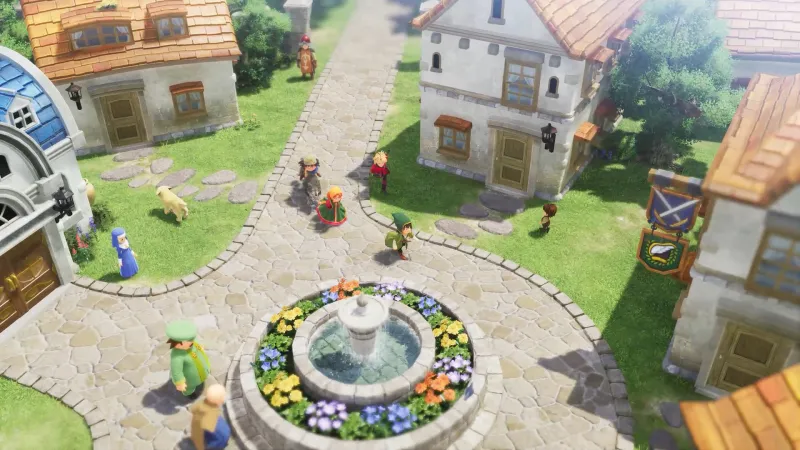
Dragon Quest VII Reimagined is the latest game to grace the cover of Game Informer, and you can read all about that here. If you're familiar with the history of this specific Dragon Quest entry, then you likely already know Reimagined is the second time Square Enix has remade Dragon Quest VII.
It released the original Dragon Quest VII in 2000 on PlayStation in Japan and a year later as Dragon Warrior VII in the U.S. Square Enix remade it for the Nintendo 3DS, launching Dragon Quest VII: Fragments of the Forgotten Past in 2013 in Japan before releasing it in the West in 2016. Now, Square Enix is remaking it a second time, with Reimagined launching next year on PlayStation 5, Xbox Series X/S, Switch 2, Switch, and PC.
It's rare to see a single entry get this many remakes, so we've created two galleries to show you the differences between the original Dragon Quest VII, the 3DS remake, and Reimagined, using the same spot across the years.
Gallery 1: Original vs. 3DS Remake vs. Reimagined
Gallery 2: Original vs. 3DS Remake vs. Reimagined
As you can see, the differences are pretty stark due to hardware limitations and varying visual styles and aesthetics. We're excited for Reimagined, though, and you can read about why in the Game Informer cover story here, and if you aren't already a subscriber, be sure to subscribe here.
Which visual style for Dragon Quest VII do you like best? Let us know in the comments below!

